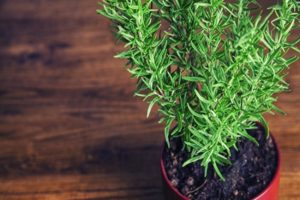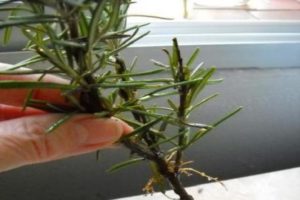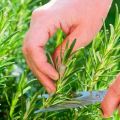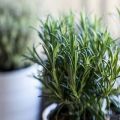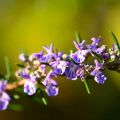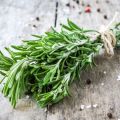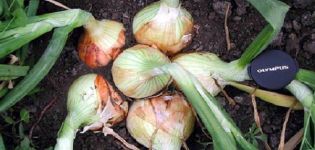How to properly grow and care for rosemary outdoors in the middle lane
Rosemary is an evergreen subshrub with a pronounced sweetish aroma. Greens grow wild on the Mediterranean coast and are often artificially planted in home gardens and summer cottages. The cultivation of rosemary in the open field in the region of central Russia has become widespread due to its decorative properties and variability of application.
The specifics of growing rosemary in central Russia
There are several types of rosemary that are grown for decorative purposes or for use as a spice. For planting in central Russia, varieties of ordinary rosemary are suitable. This variety is unpretentious in care and is distinguished by dense vegetation.
The main feature when planting a plant in central Russia is that it is impossible to carry out comprehensive care for rosemary without observing the basic rules for frost protection... To protect the bushes in winter, it is best to dig them up and transplant them into a separate container during the frost period. It is necessary to store the shrub in winter in a lighted and warm room with a temperature of more than 15 degrees.
If it is not possible to overexpose the plant, then the vegetation should be cut off and the roots should be insulated with sawdust or dry foliage mulch. From above, you can additionally build a dome of coniferous branches, which will maintain the temperature of the earth.
Rosemary: growing methods
Rosemary bushes can be grown in several ways - by cuttings, dividing, layering, or seed. Reproduction by cuttings is common among many gardeners due to the high chances of germination of the shrub. Dividing shrubs is a more complex technique and is used for home grown plants.
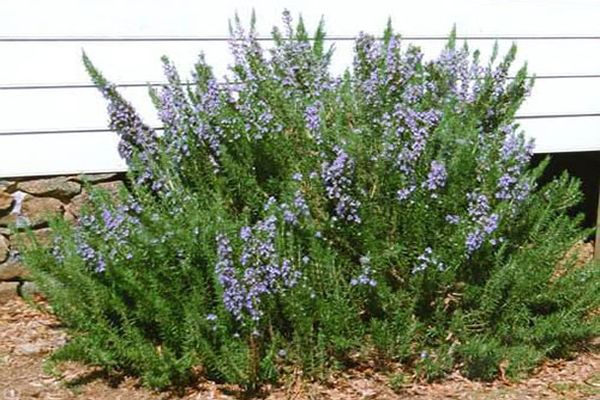
Cultivation by layers and seeds is only suitable for planting outdoors. Under the condition of correct sowing and proper care, the first shoots appear within 1.5–2 months.
Sowing seeds
Seed propagation is the most practical and convenient way. Before starting sowing, you need to prepare the seeds by soaking them in warm water for several hours. The soaked seeds are planted in a separate container to a depth of 3-4 mm. For proper growth, the soil must be pre-moistened.
The seed container should be kept in a warm place with an average temperature of about 25 degrees. It is recommended to spray the surface of the earth from time to time in order not to dry out. The first shoots germinate after 40-60 days.It is allowed to plant rosemary in a permanent place after the bushes reach a height of more than 6 cm.
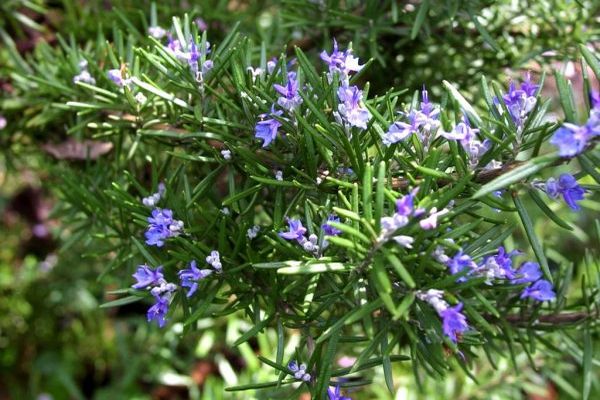
Rooting the cutting
Plant propagation is carried out in the autumn. The most suitable time is the end of September - the beginning of October. For planting, cut off small branches and cut into cuttings. Each cutting should be about 10 cm long and have 3-4 internodes.
Before planting, all leaves must be removed from the cuttings, treated with a rooting stimulator and planted in a container with nutritious soil.
After rooting cuttings, you need to regularly monitor the humidity, spray the seedlings and prevent direct exposure to sunlight. The first roots on the shoots can be seen after a month. After the appearance of new leaves on the cuttings, they should be planted in separate containers. The diameter of each container should not exceed 10 cm. 7-10 days after transplanting, pinching of the tips is required to stimulate the branching process.
Landing dates
You need to plant rosemary after warming up the soil. As a rule, the optimal landing dates are at the end of May. During the season, the plant undergoes standard care. If necessary, transplant the bushes onto the plant, you should dig up the plant in early September.
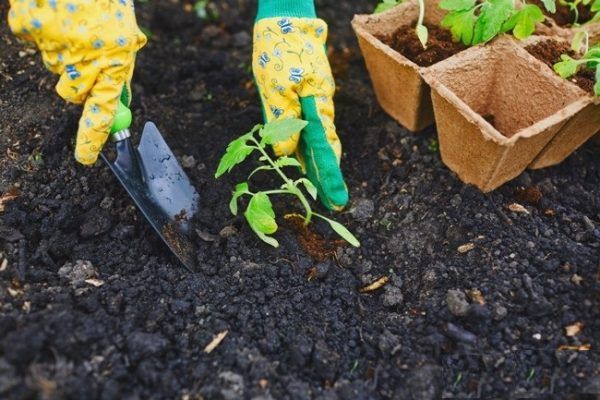
Planting rosemary
If you want to grow large ornamental rosemary bushes, it is important to leave a distance of at least 0.5 m between the plants. In other cases, it is sufficient to maintain a minimum distance of 10 cm. Regardless of the method planting rosemary, after placing in the ground, water the surface of the earth abundantly. When planting a perennial, it is important to consider the following points:
- The shrub is a thermophilic plant and does not tolerate frost well. It is better to choose a lighted spot on the south side as a landing site.
- Loose soil, which contains a high content of limestone, contributes to proper and accelerated growth.
- To maintain the attractive appearance of the plant, it is worth providing protection from strong winds.
- Rosemary does not tolerate excess moisture and strong soil acidity.
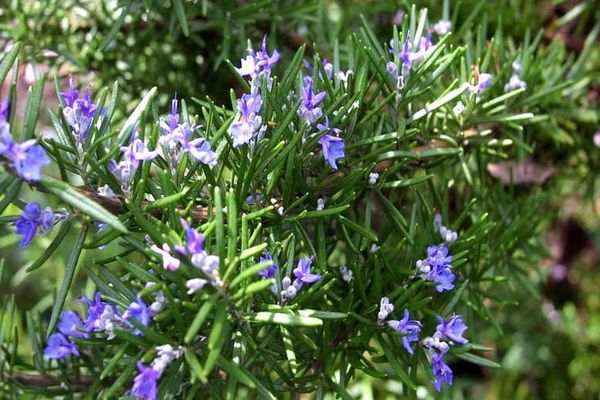
In one place, a plant can germinate for several years. If necessary, replace the shrub with a vegetable crop, it is worth carefully uprooting the plant and placing it in a container. Rosemary serves as a suitable precursor for garlic, onions and carrots.
Features of crop care
Growing rosemary does not imply specific requirements for care, and for proper growth, it is enough to follow a number of standard rules. Watering the bushes should be done regularly, but in moderation. If the plant lacks moisture, then the leaves will acquire a yellowish tint. With excessive moisture, foliage will begin to fall off.
As fertilizer, you can use a mixture of mullein and water in a ratio of 1: 5. Complex organic and mineral dressings are also suitable to accelerate growth. Fertilizing rosemary is recommended no more than once a month. As an additional measure to strengthen the roots, in the spring the bushes are treated with nitrogen fertilizers, and in the fall - with phosphorus fertilizers.
For decorative cultivation, the plant is cut to ground level every 6-7 years. Rejuvenation of the bushes promotes the emergence of new shoots. Formative foliage pruning is done in mid-spring.
If the plant is sick with powdery mildew or whitefly, additional control measures will need to be taken. Damaged leaves must be removed from the bushes to prevent the spread of disease. As a prophylaxis, it is recommended to treat rosemary with soapy water, and in case of an advanced infection, use insecticidal fertilizers.
Collection and storage
It is best to harvest rosemary leaves during the period of active flowering, when the shrub accumulates the greatest amount of essential oils.It is the perennial leaves that are valuable, as they find applications in various fields, including cooking. Even dried and finely chopped leaves have a bright aroma that lasts for several years.
You can store the harvested rosemary in bunches by connecting and hanging several branches with the foliage down. For long shelf life, you can place chopped herbs in hermetically sealed glass containers. Beforehand, the plant must be thoroughly dried, leaving it on paper or using an electric dryer.
